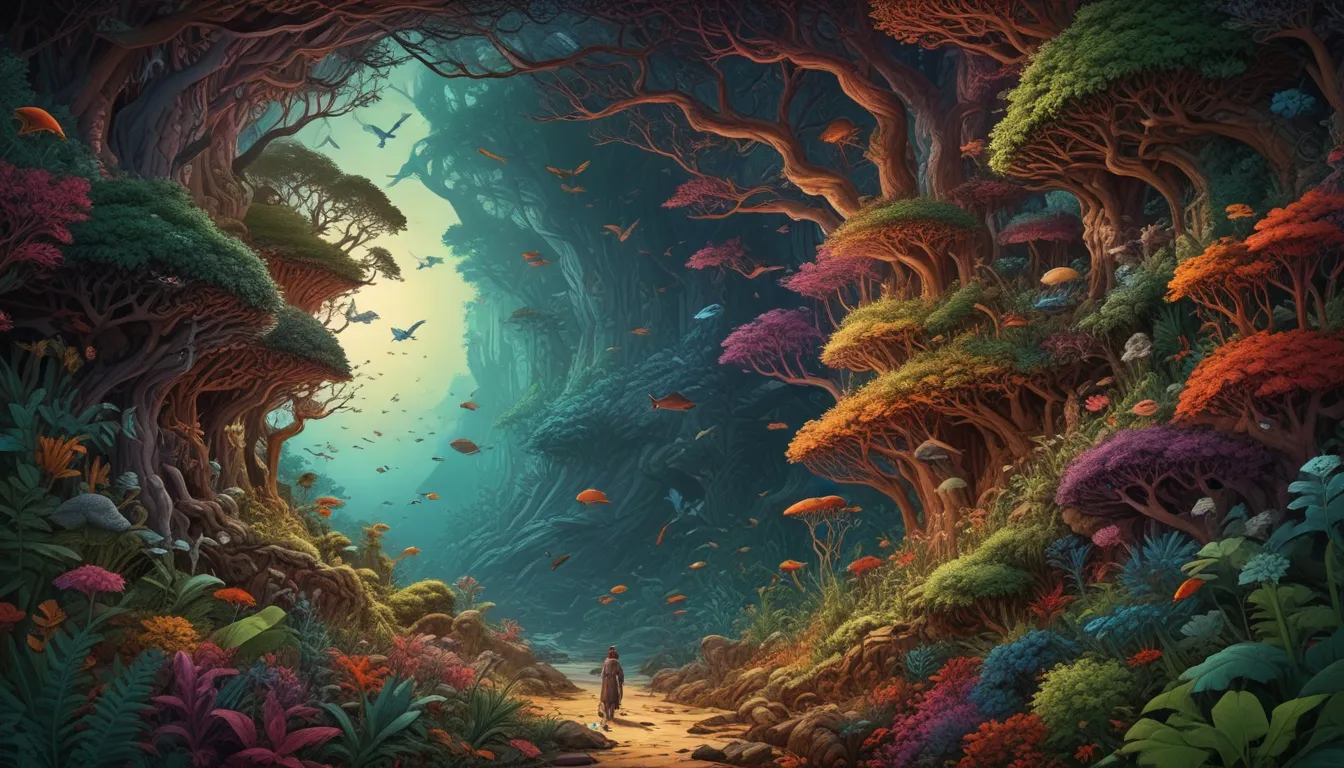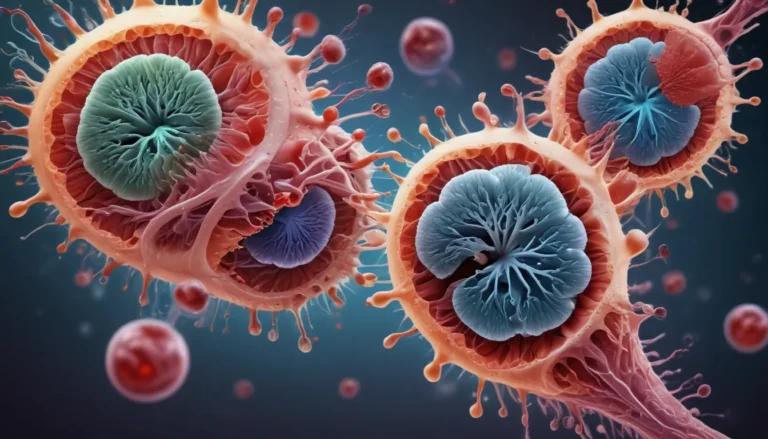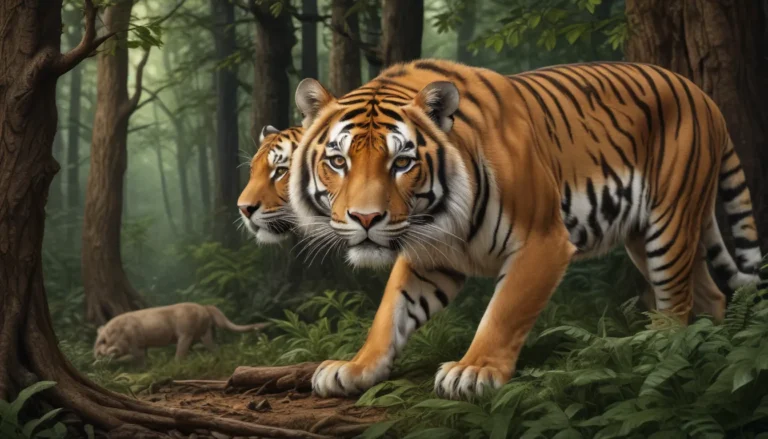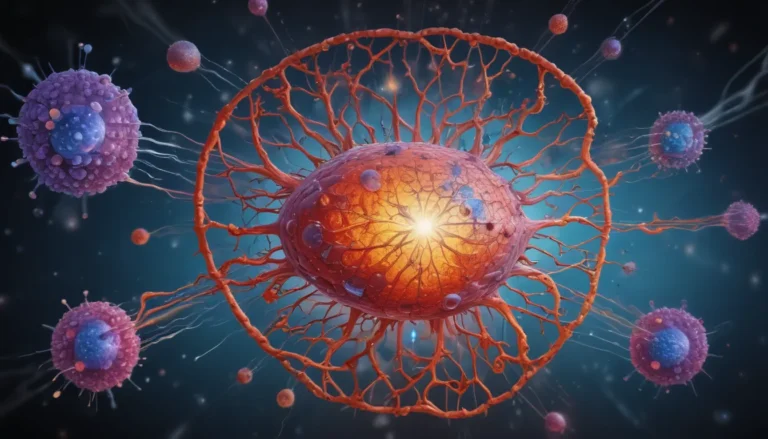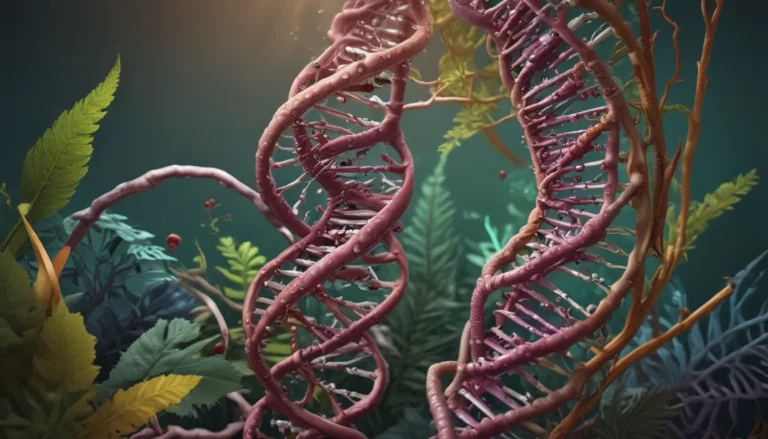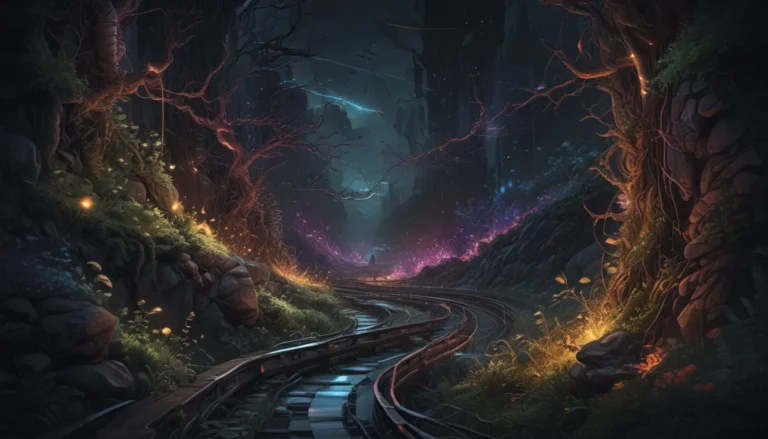A Note About Images: The images used in our articles are for illustration purposes only and may not exactly match the content. They are meant to engage readers, but the text should be relied upon for accurate information.
Introduction
Nature’s intricate dance unfolds through the captivating process of coevolution, where two or more species shape each other’s evolution over time. From mutualistic partnerships to competitive interactions, coevolution showcases the remarkable adaptations and interactions in the natural world. In this article, we will unravel 17 intriguing facts about coevolution, delving into its complexity and dynamism. Join us on a journey through the captivating world of coevolution, where species engage in an evolutionary tango that shapes the course of life itself.
Key Takeaways
- Coevolution entails a close and continuous relationship between species, driving changes in each other over time and shaping entire ecosystems.
- Human activities can disrupt coevolution, leading to imbalances in ecosystems, and coevolution can drive speciation, influence behavior, and result in harmonious or conflict-driven relationships.
Coevolution: An Intimate Relationship Between Species
Coevolution is a phenomenon where species exert a profound influence on each other’s evolution over time, involving reciprocal adaptations that drive changes in one species based on the other.
Mutualistic Coevolution: A Beneficial Partnership
In mutualistic coevolution, species form a mutually beneficial partnership, such as the close relationship between flowers and their pollinators, showcasing the beauty of symbiosis in nature.
Antagonistic Coevolution: A Competitive Exchange
Antagonistic coevolution involves species engaging in a competitive relationship, seen in predator-prey interactions or the coevolutionary arms race between hosts and parasites.
Driven by Natural Selection
Natural selection plays a crucial role in coevolution, favoring traits that enhance reproductive success, with adaptations in one species influenced by the traits of interacting species.
Specialization through Coevolution
Coevolution can lead to species becoming highly specialized to exploit specific ecological niches, resulting in unique adaptations and behaviors.
The Concept of Co-adaptation
Co-adaptation occurs when species evolve together, shaping each other’s traits through interactions, maintaining the delicate balance in ecosystems.
Beyond Animals: Coevolution in Plants
Plants also engage in coevolutionary relationships, like the intricate dance between plants and their seed dispersers or pollinators, showcasing the diverse nature of coevolution.
Various Timescales of Coevolution
Coevolutionary relationships can develop over millions of years or rapidly in response to changing environments, showcasing the adaptability and resilience of species.
Cascading Effects on Ecosystems
Changes in one species can trigger a chain reaction of coevolutionary responses in other species, ultimately shaping the structure and dynamics of entire ecological communities.
Human Impact on Coevolution
Human-induced changes, such as habitat destruction and invasive species introduction, can disrupt coevolutionary interactions, leading to imbalances in ecosystems.
Driving Speciation Through Coevolution
Coevolutionary processes contribute to the formation of new species by driving genetic divergence and reproductive isolation between populations.
Symbiotic Coevolution: Dependency for Survival
Symbiotic coevolution occurs when species depend on each other for survival, as seen in the intricate relationship between fungi and algae in forming lichens.
Influence on Behavior
Interactions between species shape the evolution of behaviors that increase individual fitness and enhance survival chances, showcasing the interconnected nature of coevolution.
Convergent Evolution in Coevolution
Coevolutionary pressures between different species can lead to the independent evolution of similar traits or adaptations, highlighting the adaptive nature of species interactions.
Harmony and Conflict in Coevolution
While some coevolutionary relationships are mutually beneficial, others involve conflict and exploitation, showcasing the complexity of species interactions.
Geographical Distance in Coevolution
Even species separated by vast distances can engage in coevolutionary relationships, demonstrating the interconnectedness of species in shaping each other’s evolution.
Ever-Evolving Relationships
Coevolutionary relationships constantly evolve as species interact and adapt to changing environments, showcasing the dynamic nature of species interactions.
Conclusion
Coevolution unveils the interconnected destinies of species as they influence each other’s evolution over time, shaping the biodiversity on our planet. From the mutual adaptations between flowers and pollinators to the arms race between predators and prey, coevolution highlights the resilience and adaptability of living organisms. Understanding the mechanisms and implications of coevolution enriches our knowledge of the natural world, offering insights for ecology, genetics, and conservation.
As we uncover more about the intertwined destinies of species, the study of coevolution will unveil further intriguing insights and discoveries, deepening our appreciation for the interconnected web of life that surrounds us.
FAQs
Q: What is coevolution?
A: Coevolution is the process in which two or more species exert selective pressures on each other, leading to adaptations in response to each other’s presence.
Q: How does coevolution occur?
A: Coevolution occurs when two species interact closely, such as in predator-prey relationships, mutualistic interactions, or symbiotic associations.
Q: Can humans be involved in coevolution?
A: Yes, humans can influence coevolutionary processes, such as through artificial selection in domesticated plants and animals.
Q: Why is the study of coevolution important?
A: The study of coevolution helps us understand the intricate relationships between species and how they adapt to each other’s presence, relevant for ecology, genetics, and conservation.
Hungry for More Knowledge?
Explore the intricacies of trophic interactions, where species’ fates intertwine in the grand banquet of life. Trust in our commitment to quality and authenticity as you learn and discover with us.
